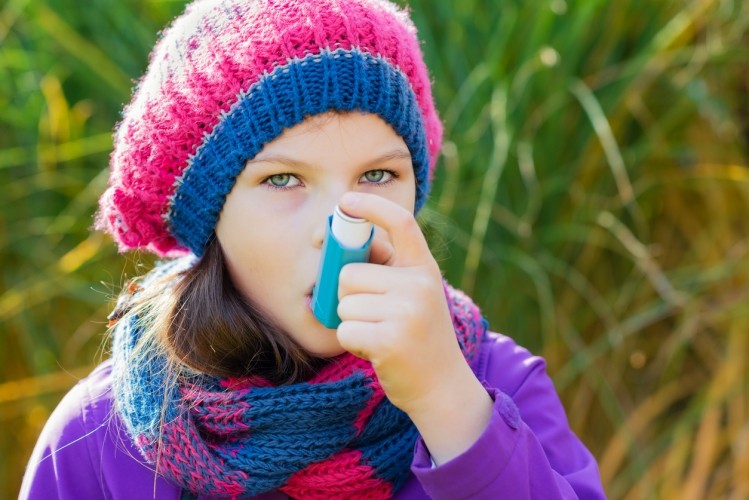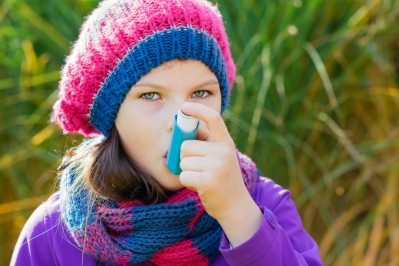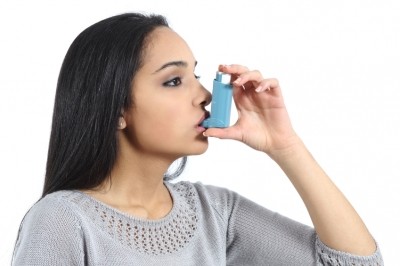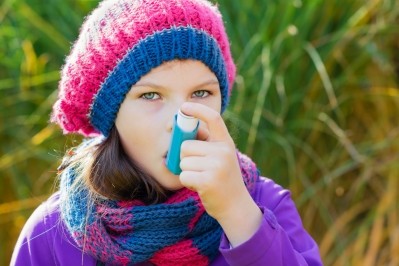Polyunsaturated fats linked with lower asthma and allergy risk in teens: Study

Children with higher blood concentrations of long-chain omega-3 (LC n-3) PUFAs at age eight were found to have a reduced risk of asthma, rhinitis and sensitivity to airborne allergens at age 16, found researchers from the Institute of Environmental Medicine, Karolinska Institutet, Stockholm.
Higher levels of arachidonic acid (AA) were also associated with a lower risk of asthma and rhinitis. Additionally, higher AA at age eight was linked to an increased chance of remission of these two conditions occurring between ages 8 and 16.
“The results show that children who had higher blood levels of long-chain omega-3 fatty acids at the age of 8 years were less likely to have developed asthma or rhinitis by the age of 16 years,” wrote first author Dr. Jessica Magnusson.
“High levels of an omega-6 fatty acid called arachidonic acid were associated with a reduced risk of asthma and rhinitis at 16. Among children with asthma or rhinitis at the age of 8 years, higher blood levels of arachidonic acid were associated with a higher probability of being symptom-free at age 16 years,” she added.
Significance
The study is the largest to date to examine links between blood concentrations of LC n-3 and n-6 PUFAs and the subsequent development of asthma and allergies.
The participants were of the Children, Allergy, Milieu, Stockholm, Epidemiology (BAMSE) cohort. Blood samples from 940 children were used to analyse n-3 and n-6 PUFA content.
"Since allergies often debut during childhood it is of particular interest to study if children's environment and lifestyle affect the development of these diseases," said study leader Dr. Anna Bergström.
"These new results and those of a previous study we carried out support the current dietary guidelines to eat fish two to three times a week and to vary between oily and lean fish," she added.
“Our results add to the evidence that PUFAs can influence subsequent allergic disease in childhood,” the researchers concluded.
Source: Journal of Allergy and Clinical Immunology
Published online, doi: 10.1016/j.jaci.2017.09.023
“Polyunsaturated fatty acids in plasma at 8 years and subsequent allergic disease”
Authors: Jessica Magnusson, Anna Bergström, et al.















